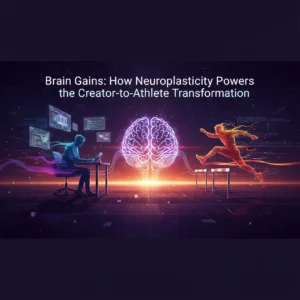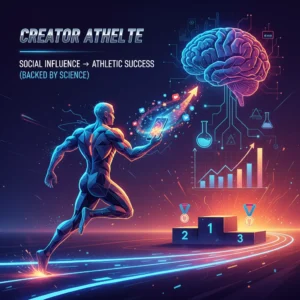Game-Changing Training: How Data Analytics and Neuroplasticity Are Elevating the Influence—and Impact—of Modern Athletes
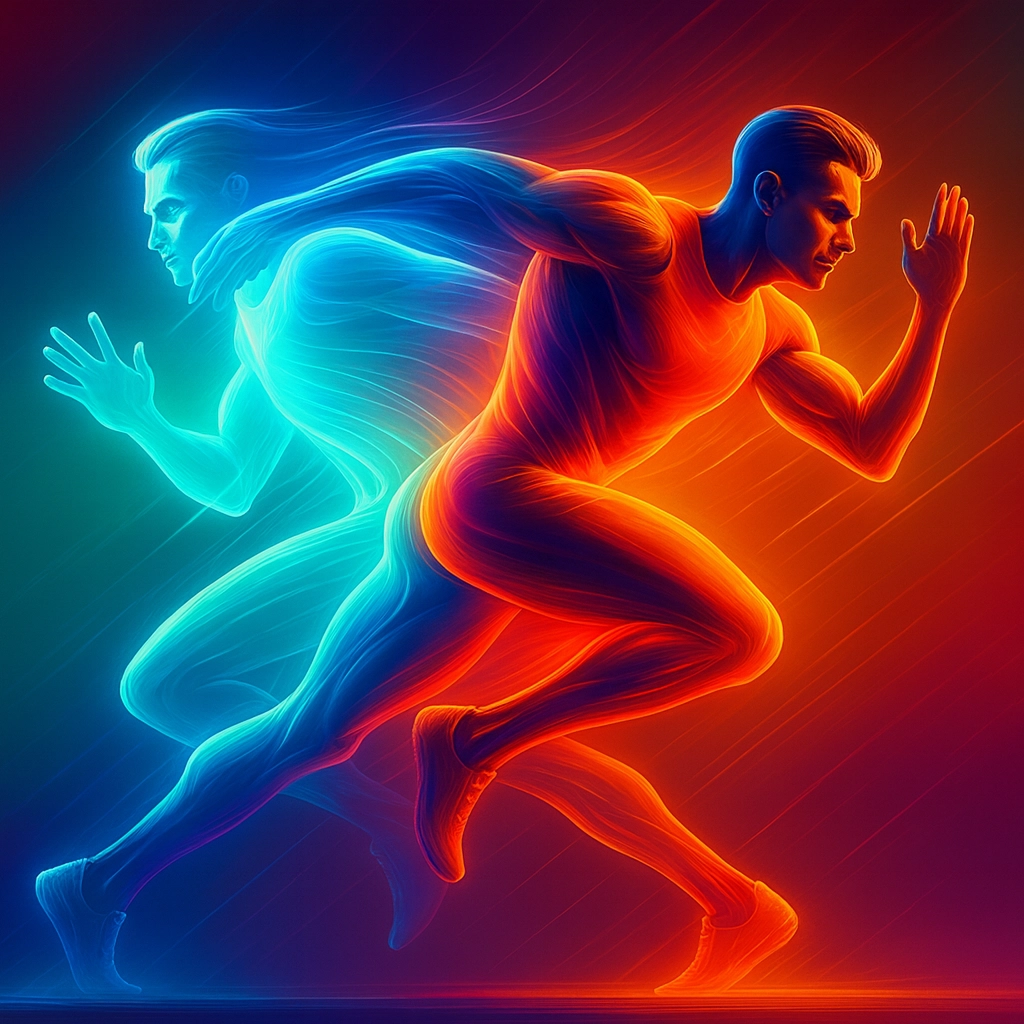
Fall interactions and outputs need
The Neuroplastic Foundation of Athletic Excellence
Few concepts have reshaped the science of sports performance as powerfully as neuroplasticity. For years, athletic training was viewed mostly as a physical endeavor—build strength, increase speed, improve technique. But a wave of new research, powered by advanced neuroimaging, reveals a different story: athletic greatness is built not just in the muscles, but deep in the brain.
Neuroplasticity is your brain’s superpower—the ability to adapt its structure and function in response to experience and practice. Every sprint, serve, or swing triggers rewiring in your neural connections, refining skills and movements through a process as dynamic as the sport itself.
Experts now use fMRI, diffusion tensor imaging, and MEG to actually watch these changes happen in elite athletes. Gymnasts show denser gray matter in brain regions that control balance and motor planning. Tennis players and quarterbacks see expansion in regions responsible for rapid decision-making and hand-eye coordination. Importantly, these brain changes are sport-specific, developing over months or even years with the right, targeted training.
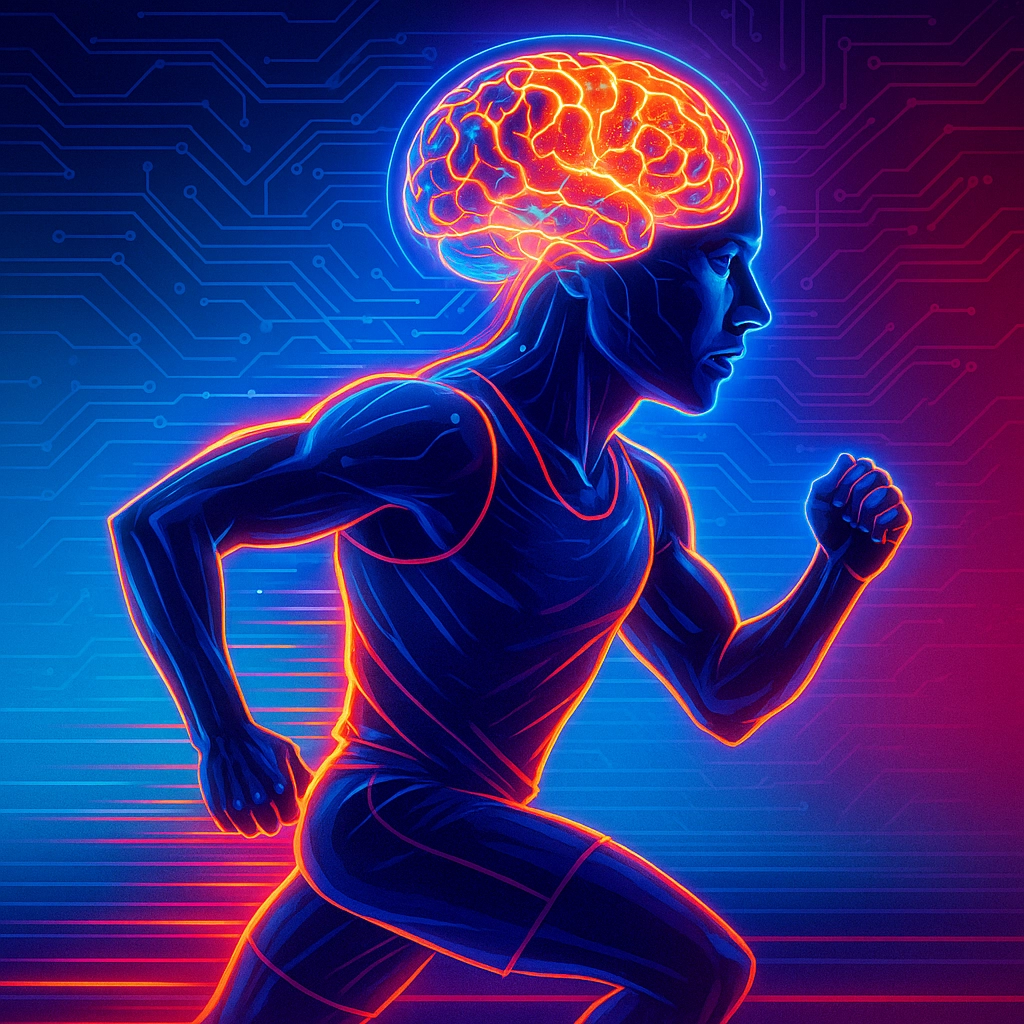
Sport-Specific Neural Adaptation
What’s truly incredible about neuroplasticity is how fast it can work. Intensive training leads to improved brain structure—and not just after a decade in the gym. Scientists have documented changes in gray matter volume within weeks of focused practice. Distance runners, for instance, build up the neural circuits that regulate endurance and pacing, while soccer players develop the brain’s visuo-spatial centers to enhance field awareness.
No two athletes’ brains adapt in exactly the same way, and this opens the door for highly individualized training. Imagine a program designed for your unique neurological strengths and weaknesses, evolving as you practice and competing, always fine-tuning your edge.
Neuroplasticity at Work: Tools and Techniques
Modern athletes can accelerate their own neural growth using proven methods:
- Motor imagery: Visualizing yourself successfully performing a specific movement actually recruits and strengthens the same networks as physical practice.
- Action observation: Watching others execute a skill rewires motor circuits, helping you learn faster, even when resting.
- Task-specific training: Drills targeted to your sport’s unique demands trigger the most relevant brain changes.
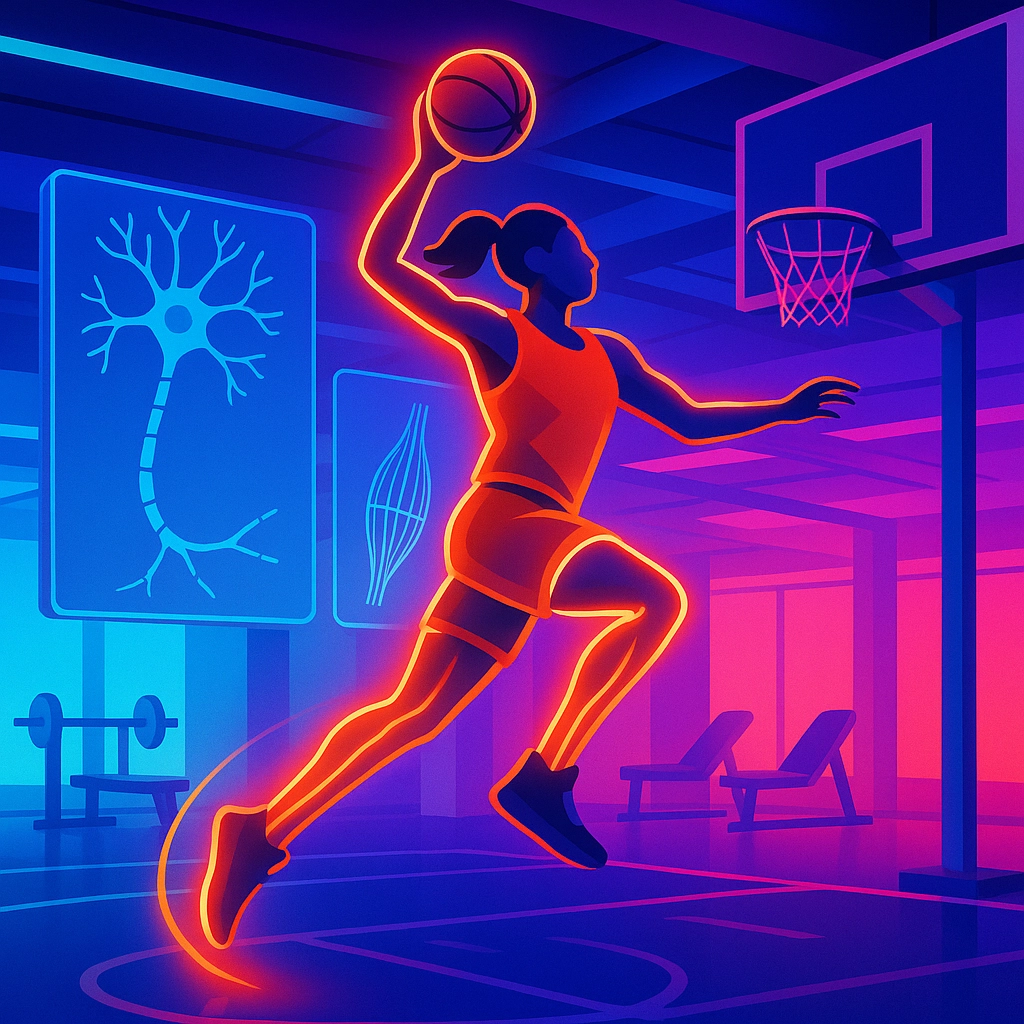
These strategies mean you’re not just practicing harder—you’re practicing smarter, aligning your brain and body for peak results.
Data-Driven Performance Revolution
The analytics revolution in sports has shifted training into an entirely new gear. Traditional coaching worked off a mix of gut instinct, stopwatch times, and what could be observed on the field or in the gym. Now, thanks to data analytics, performance analysis is all about precision—and opportunity.
Biomechanical Precision
Wearables, high-speed cameras, inertial measurement units: these digital tools track every angle, stride, and impact in an athlete’s performance. Sprinters dial in their stride length and frequency. Baseball pitchers monitor the torque on their elbow with every throw. Coaches and players review 3D models of movement, making adjustments that once took years to figure out.
Every piece of feedback comes with hard data: how many milliseconds spent in the air, how much force is delivered on the first push-off, where inefficiencies hide in plain sight. This is coaching with a microscope.
Physiological Intelligence
Modern training accounts for what’s happening inside the body, too. Real-time monitoring of heart rate, sleep, oxygen saturation, and even stress levels lets coaches optimize every workout for recovery and adaptation. No more guesswork about who’s fatigued or ready for a new personal best.
These insights also boost resilience, helping customize warm-ups, cooldowns, and nutritional strategies to keep athletes feeling strong—and out of the rehab room.
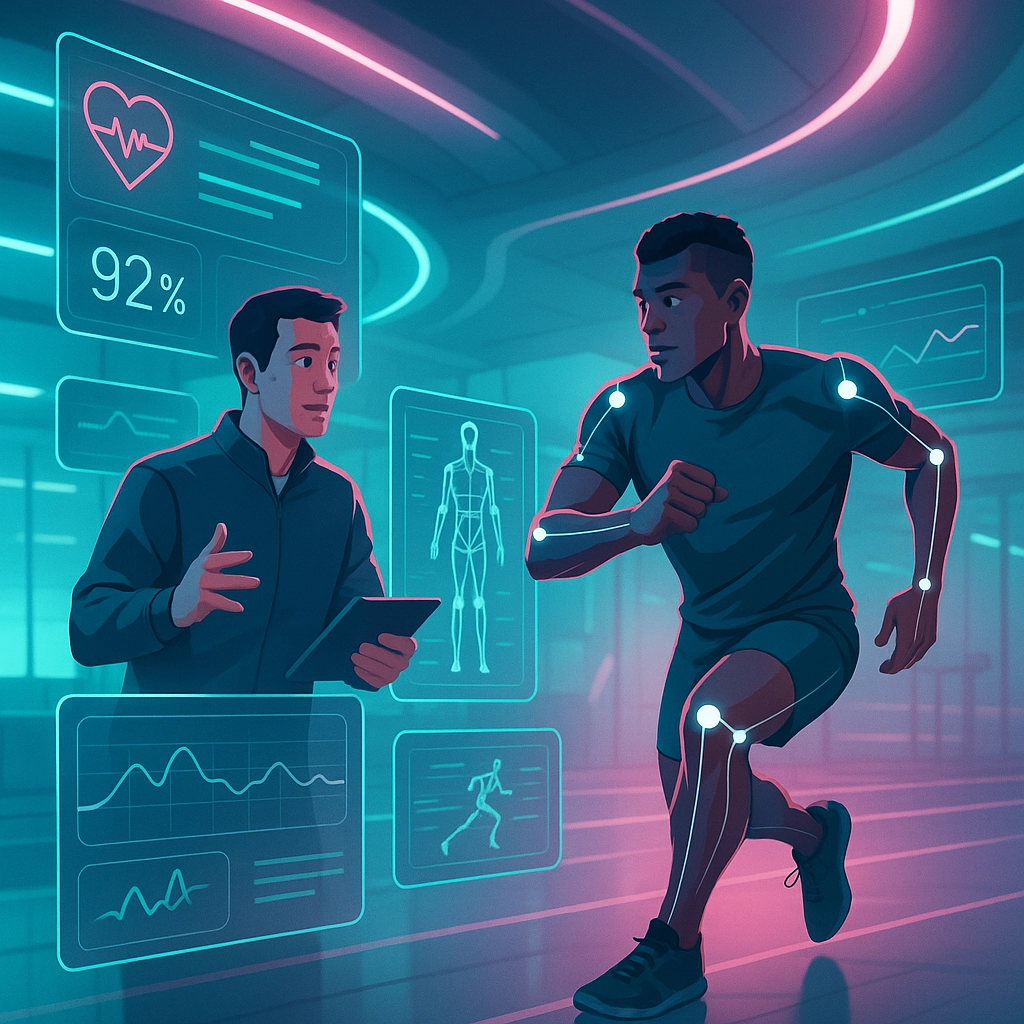
Neurodiagnostic Integration: Where Brain Meets Data
Perhaps the most exciting frontier is the integration of neuroplasticity science with cutting-edge data analytics—a space known as neurodiagnostics. Using tools like functional near-infrared spectroscopy (fNIRS), researchers can assess, in real time, how the brain is responding to training and gameplay.
This allows athletes and coaches to:
- Watch the brain “light up” during high-pressure drills.
- Pinpoint the exact neural bottlenecks in skill learning.
- Optimize rest, nutrition, and practice based on individual neurological needs.
Suddenly, training isn’t just about muscles or numbers on a spreadsheet. It’s about building up an athlete’s most important asset: their brain.
Strategic Decision-Making Revolution
The shift is not just personal—it’s tactical. Teams harness data to analyze player matchups, scout opponents, and even predict injury risk based on movement or workload. Roster decisions, play-calling, and substitution patterns are now informed by gigabytes of data, not just gut feeling.
Coaches can leverage this information to:
- Identify which plays work best against certain defenses.
- Rotate players at just the right moment to avoid overuse injuries.
- Plan practice loads so that peak performance aligns perfectly with competition days.
This level of information radically changes the competitive landscape. The best teams aren’t just bigger, faster, or stronger—they’re smarter.
The New Era of Athlete Development
Together, neuroplasticity and data analytics are breaking down old barriers and setting new standards. Athletes can now:
- Train in ways proven to transform both body and brain.
- Use real-time feedback to avoid bad habits before they take root.
- Individualize programs for faster skill acquisition and longer, healthier careers.
- Rely on teams of coaches, data analysts, and neuroscientists for constant improvement.
As this integration evolves, expect even more personalization and accessibility. Elite training methods will filter down to the high school and collegiate levels, helping passionate athletes everywhere raise their game. Injury rates should fall, while performance ceilings rise.
The future of athletic excellence isn’t just about running faster or jumping higher. It’s about understanding and maximizing every variable—from neural pathways to biomechanics to recovery cycles—giving today’s creators and athletes an edge only dreamed of a decade ago.
Ready to join the new wave of athlete innovation? Get in touch with our team at Creator Athlete to learn how elite-level data science and brain-based training can work for you.

